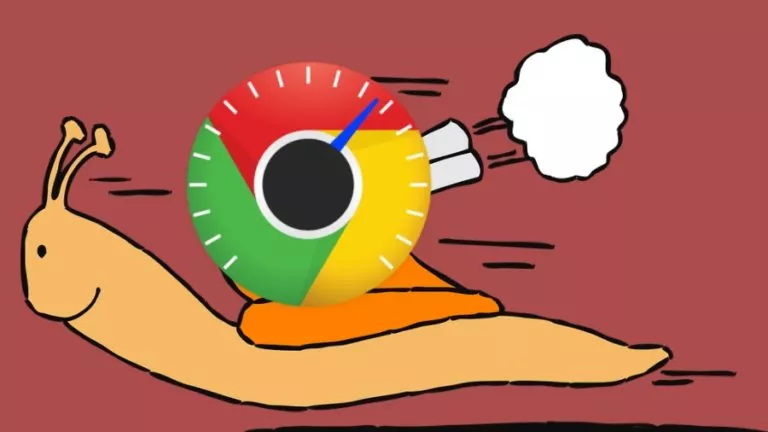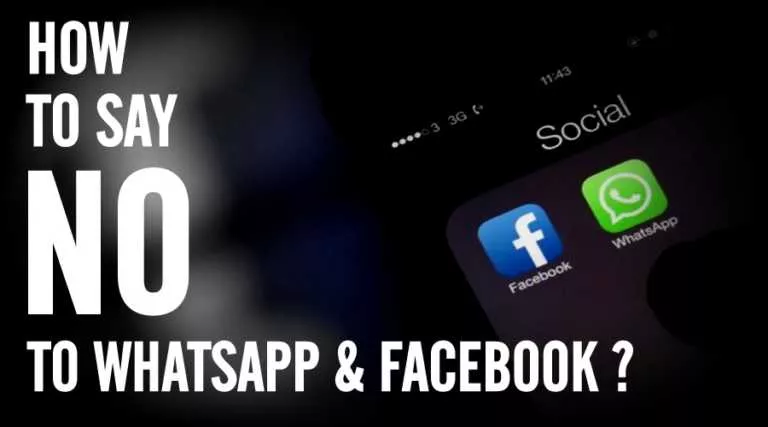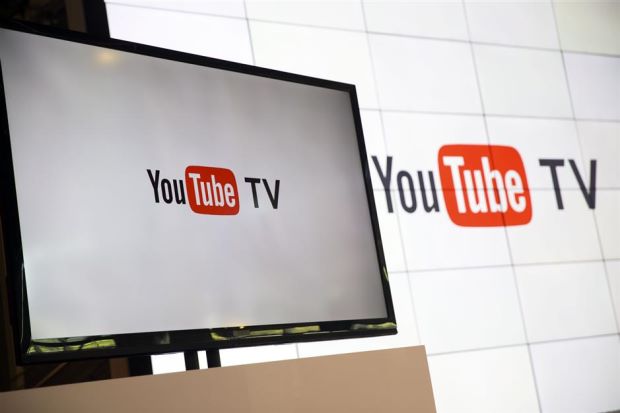How To Spot Fake News On Whatsapp, Facebook, and Twitter?
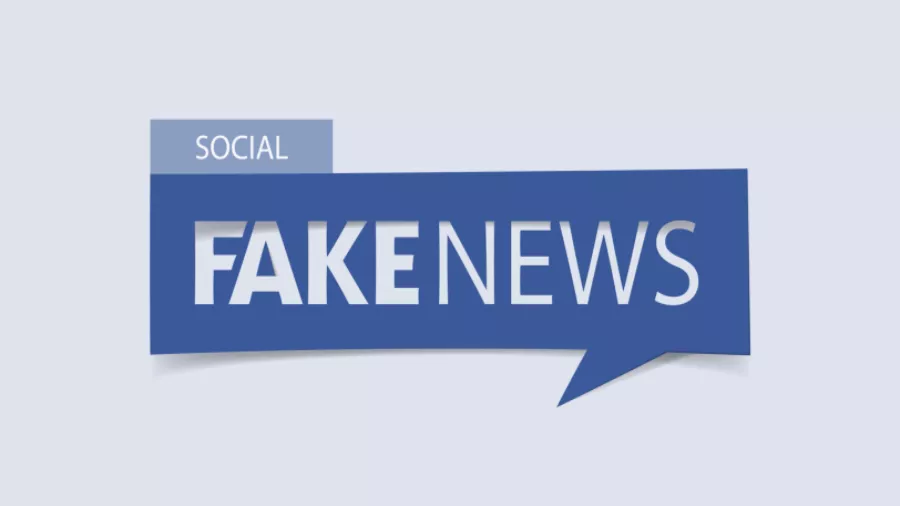
People in power, most often Politicians, have adopted a policy of labeling any news as fake news if it doesn’t support their narrative.
This myopic approach might bring them political gains, but, like wildfire, fake news can even hurt its original propagator. And herein lies the problem — most of us have no idea how to spot fake news because it has evolved into several different forms. Whenever we hear the term ‘Fake News’ we only think of factually incorrect information but there are several types of fake news currently on the rise in our society.
How To Spot Fake News in 2019?
Before we begin the topic of how to spot fake news, we need to understand its purpose. The aim is to send misinformation, for malicious purposes, without getting caught. In 2019 Currently, fake news is mainly of 4 types, as shown below.
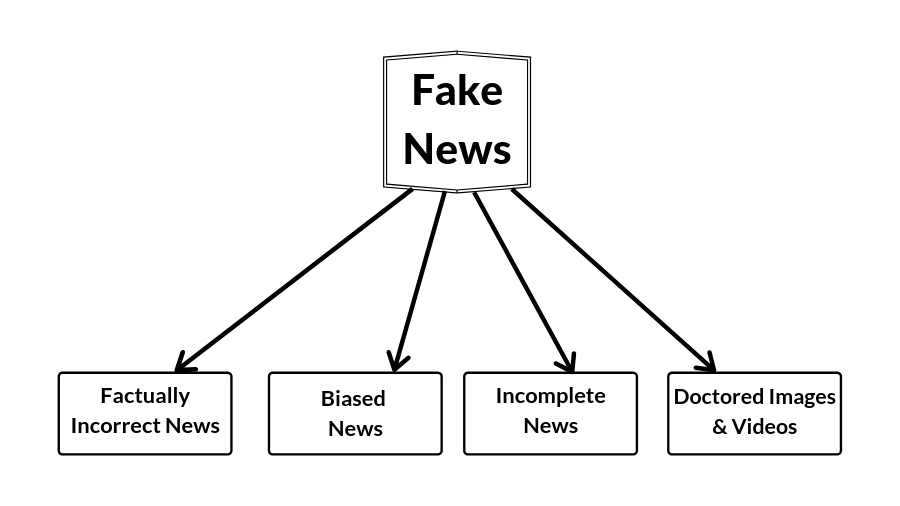 We will go through each of them with the help of an example and explore the important steps to bust fake news.
We will go through each of them with the help of an example and explore the important steps to bust fake news.
Busting Different Types of Fake News
1: Factually Incorrect News
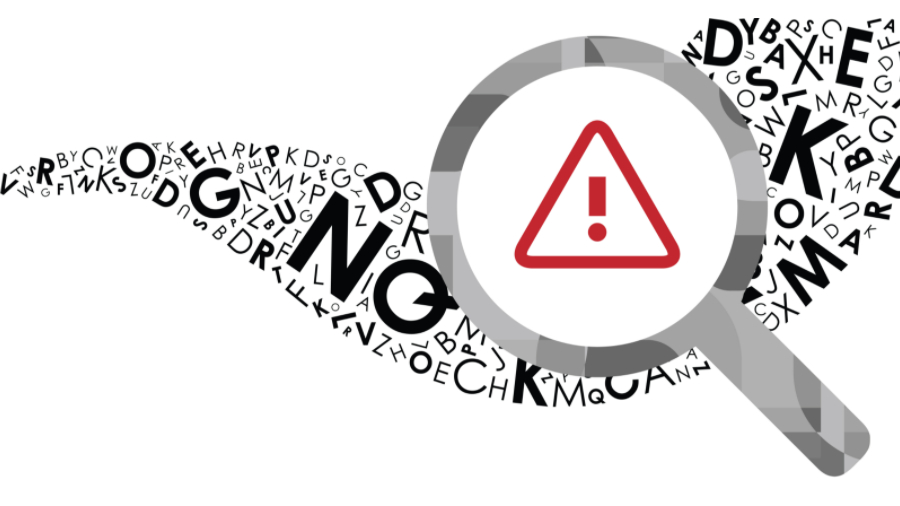
It is the most common type of news, likewise, it is the easiest to bust. Fake facts regarding dates, people, places and historic events can be seamlessly busted through Google Search. In this case, Wikipedia is a useful tool but it can be edited — so it’s better to match it with an official source. The following methods of manually searching are recommended.
To check rumors about the latest advancements from the government, people can visit the home page of the Press Information Bureau. Every announcement is regularly updated on the website; this is applicable to India.
So next time, if news comes that the government is planning a certain scheme, you can cross check its validity on this website.
If the news is regarding an incident which is related to other social matters then independent news sources like IANS, ANI and PTI are your best bet for finding the truth. If your live somewhere other than India, then independent news agencies, usually more than fifty years old, are a good source of unbiased information.
If you want to check a particular fact about a country other than India, then a handy tool is the World Fact Book present on the website of the Central Intelligence Agency.
However, if you’re still unable to bust check a particular fact then websites like Snopes, Politifact, and Factcheck.org are your best bet.
2. Biased News
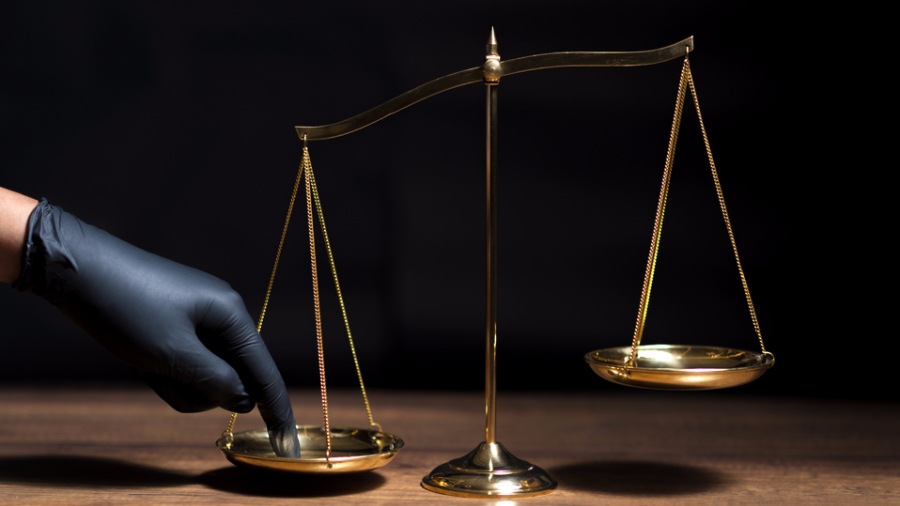
Biased news is very difficult to detect because it is not a hard-written fact. You even run into the risk of being called out if you spot it incorrectly.
Biased news exists in patterns and its propagator utilizes something called a ‘dog-whistle’, to signal to their audience that they’re talking in their favor. Before we see an example of Biased news we must understand its purpose.
Biased news is designed to spread a particular message, usually divisive, to align the perspective of unbiased people and fringe groups together. This gives derogatory social ideas a cushy bed in the minds of people.
For example,
The reason given by US President Donald Trump for building a wall on the US-Mexico border does not sit well with facts. According to him, the threat of illegal immigrants committing heinous crimes like rape, murder, and drug trafficking is on the rise.
What this does is paint all Mexicans, living in the US and Mexico, in a bad light. Thus giving people who already resent foreigners and White Supremacist groups a chance to further their plans by recruiting more unbiased people to their side by making their evil plans look more legit.
‘If the president has said it, it must be true,” is a common notion for several people, which is being exploited here.
According to the news website Politico, if we look at the trend of people crossing the US-Mexico border illegally, we’d see a sharp decline since the 1990s. However, the number of people crossing the border has seen an increase since 2014.
The crisis at the southern border is actually of too many asylum seekers, most of them women and children. Talking about criminals and gangs actually prevents people from addressing the real problem, which is fixing the immigration system.
Labeling news as biased, without sufficient evidence, is something we’d even avoid most of the time. However, if you wish to know how to spot fake news in its biased form then there are certain rules of thumb to follow.
- If a future assumption is made, always look at past trends to verify its validity, especially the numbers.
- Don’t believe anonymous sources until more than 3 news websites are reporting the same.
- Prefer court orders and investigation reports for neutral results.
3. Incomplete News
News taken out of context mostly constitutes incomplete news. It is also a major source of public misconceptions. This type of news is easy to bust by simply referring to the complete source information.
The most famous and recent example of incomplete news is Congress President, Rahul Gandhi saying the following –
Congress: Sir aisa kuch speech dena hai jisko sunkar ameer aur gareeb dono relate kar sake.#RahulGandhi : Ha ek sahi idea hai mere pass 🤓#AlooSeSona #RahulKeAloo #aloosona #RahulKaModiPrem @BJP4India pic.twitter.com/KPLdGJQ6R1
— Sidharth Sabat (@virtuous_virus) November 16, 2017
While in fact, he was taken out of context. In reality, this was his full statement.
Rahul Gandhi & Aloo-Sona Machine: The most viral misinformation that is now truth for manypic.twitter.com/5bjOGfgYX4
— Alt News (@AltNews) April 16, 2019
You can also refer to the websites mentioned in the first part to easily spot fake news.
4. Doctored News
On the topic of how to spot fake news, detecting an altered image/video or audio requires a certain set of technical skills. For starters, you can use Google Reverse Image search to discover images to the ones related to yours.
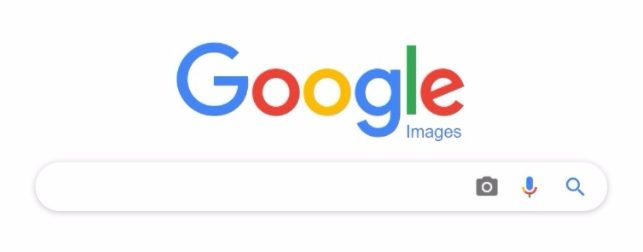 To perform a reverse image search, the following steps can be used:
To perform a reverse image search, the following steps can be used:
- Open Chrome and in the address bar type images.google.com
- Drag and drop the image from into the search bar
- You can also search by clicking on the camera icon and either paste the image URL or upload the image directly
- Press enter
Upon hitting the search, you’ll be presented with a number of related images to the ones you’ve uploaded. You can compare them to find out the truth yourself. If you’re unable to differentiate between the two, then take a look at which version of the image reputed publishers have used.
Unfortunately for investigating doctored audio or video, you’d have to use some professional help. Typically, investigating agencies perform this kind of work, however, there are a number of startup companies who can bust specific fake news for you.
Modern Day Myth Busters
These excellent startups are in the business of ‘how to spot fake news’ —
| Fake News Busting Website | Specialty |
| Check4Spam | Fake News & Hoaxes on Social Media |
| Storyzy | Verifies Questionable Quotes |
| FactMata | Targets Dissemination of misleading news |
| SM Hoax Slayer | Busts news related to divisive political, religious news |
| Crisp Thinking | Busts post related to criminal acts and Terrorism |
| Userfeeds | Integrates Blockchain for content validation |
| Altnews | Investigative Journalism on every social issue |
The Post Truth Age

A study conducted on 126,000 cascades of news stories by MIT scientists revealed that fake news spreads faster than the truth. Fake news may have the origin as a ‘human problem’ but the issue – and its real-world repercussions – has only been amplified by modern technology.
“If any doubt remained that the earth was round, the breathtaking images taken from space showed us how perfectly spherical the earth is”
— Howard Chapnick, in “Truth Needs No Ally”
Another map joins our collection! This time, a forgotten gem from the 31st January 1897 issue of the New York journalhttps://t.co/FWhb0GNxsw
With due thanks to the @librarycongress for digitising and preserving this content for over a century!#FlatEarth 🇺🇳 #FlatEarthSociety pic.twitter.com/yBMaUQYbSh
— Flat Earth Society (@FlatEarthOrg) March 12, 2019
However, in 2019, Truth definitely needs as many allies as it can get.
Also Read: WhatsApp ‘Tip Line’ For Fake News Is Actually A ‘Data Collection’ Project


